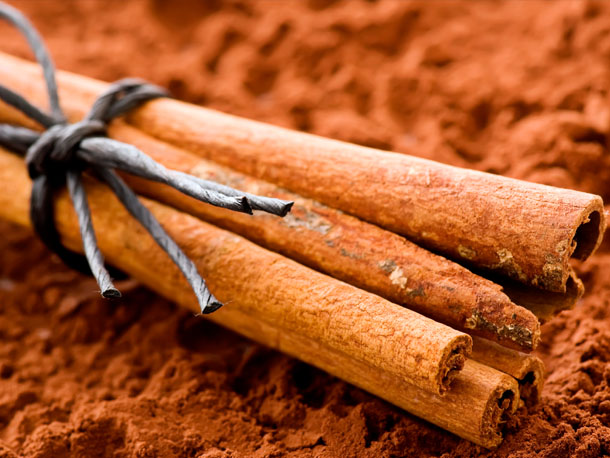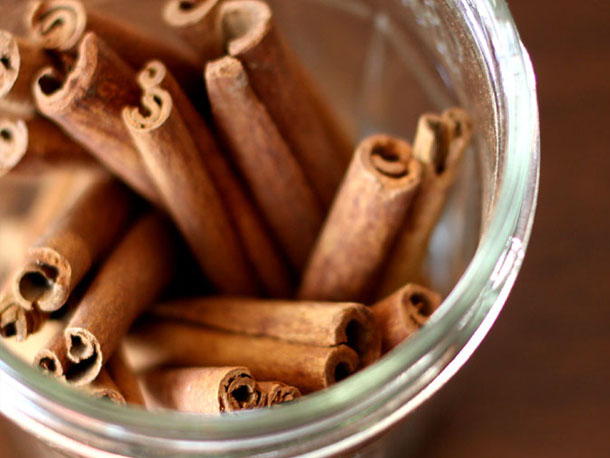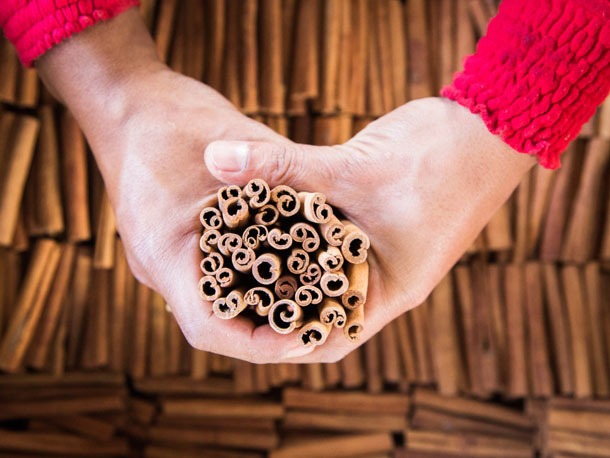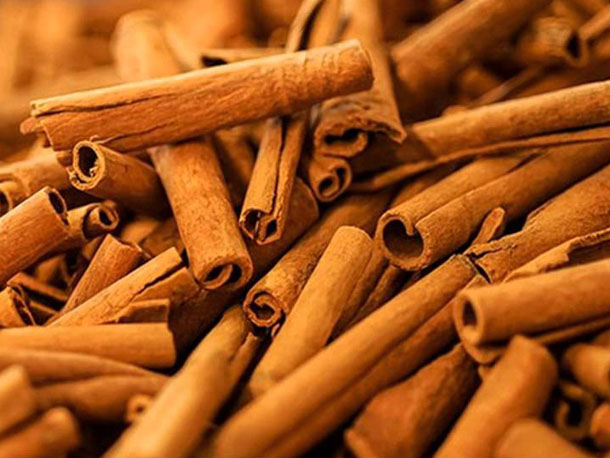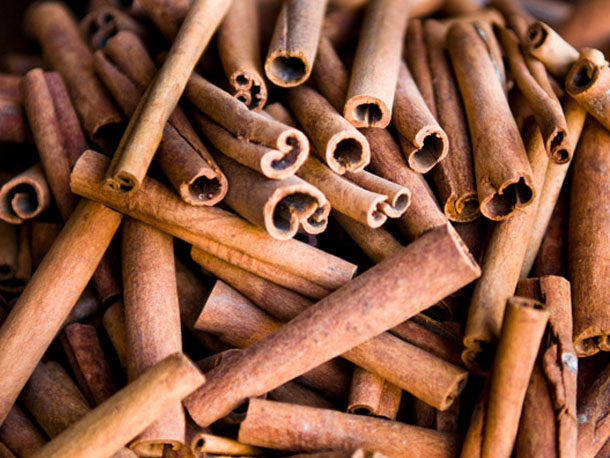Indonesian cassia shows upward momentum
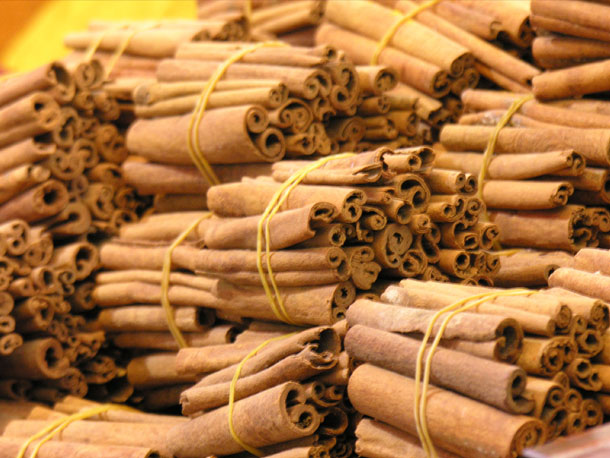
Indonesian cassia prices have shown increases locally of late largely as a result of adverse weather at origin and an upturn in export demand.
Evert-Jan Verschuren, quality and sustainable development manager at Tripper Nature in Indonesia, told that several factors were behind the recent price gains. He listed these as being: a change in economic/tax laws – affecting the buying and selling of cassia; local elections in Kerinci; the weather (including anticipation of the forthcoming rainy season in December; harvesting of other commodities; and increased demand from exporters. “Farmers are pushed to harvest and supply more cinnamon, which will result in higher prices for sure,” he remarked.
Patrick Barthelemy, founding member of Cassia Co-op, remarked: “The latest cost increase is due mainly to the extensive rain in Sumatra. Also, in August/September the trees were in a growing phase – we know this because we can witness the red foliage which is typical when trees are in a growth phase. Farmers do not like to cut their trees when they are in this growing phase. That happens approximately three times per year.”
Verschuren recalled that this May and June prices were stable to slightly decreasing. However, in the last few weeks, prices had advanced by 15%.
Local trade sources indicated a selling price for material of average quality of IDR11,500 (USD1.13) to IDR12,000 per kilo. It was noted that this was for material straight from the farmer and not graded, cleaned and fully dried, meaning that the moisture level was still too high for export markets.
One Indonesian supplier reported that a major US spice producer was buying up all qualities and storing them in its warehouse in Padang. As a result, raw material prices for AA grade cassia had edged up by INR1,000 per kilo, he said. In addition, exporters had got a lot of orders from Europe and the US.
Verschuren added: “This (price) tendency might not ease concerning the high demand and the upcoming rainy season in just two months. Another price increase will be caused by the further deprecating of the Indonesian rupiah against the US dollar and the increased demand from Europe and US as the Christmas holidays are coming up.”
Barthelemy gave a differing view on the likely impact of currency factors. “Some of the latest cost increase has been absorbed by the currency exchange playing to the advantage of importers because the rupiah is weak against the US dollar, but also the euro,” he said.
Verschuren noted that in recent months the supply of good quality cassia was poor and said that this remained the case. In August, farmers and suppliers celebrated Idul Fitri (Muslim New Year), which with was followed by their annual holidays. In addition, the holy month of Ramadan took place prior to Idul Fitri. These had impacted the stock positions of all exporters in the area.
Rains hamper harvesting
Verschuren explained that during his travels in the region in early September he noticed that farmer activities were returning to normal. Nevertheless, the focus remained on harvesting coffee beans rather than cassia. In addition, rain and the end of the dry season in September was not helping, as any rain would slow down harvesting and drying of the cassia bark.
Moreover, Verschuren felt that due to pricing and hard labour, Indonesian farmers in general were not interested in replanting cassia. He also felt that quality was at stake.
Barthelemy commented: “The fundamentals about the farmers not being motivated to plant are correct but very generic and somehow speculative because no hard data can say if there is a real shortage in the field.”
In addition, Barthelemy did not view quality as at stake. “The trees in Kerinci produce good barks, and the farmers know how to handle their trees and the harvesting,” he noted.
However, he acknowledged that there were some shortfalls: “For sure, some improvements can be done at the export level. Exporters have very rudimentary – old – equipment which cannot clean the product adequately for end-users. Therefore many importers must re-clean the cassia before using it.”
Barthelemy felt that overall, exporters were pushing the idea of a lack of cassia at the source. “This fact cannot be verified – nor denied officially. Therefore, it is still everybody’s guess if and when we will face an off balance between offers versus demand. Right now it is still in favour of the demand – there is enough raw material,” he said.
Barthelemy noted that whenever there was a slight price increase in Kerinci – such as that seen over the last few weeks due to Ramadan and rain – exporters would emerge stating that the shortage was present and prices were going to escalate.

